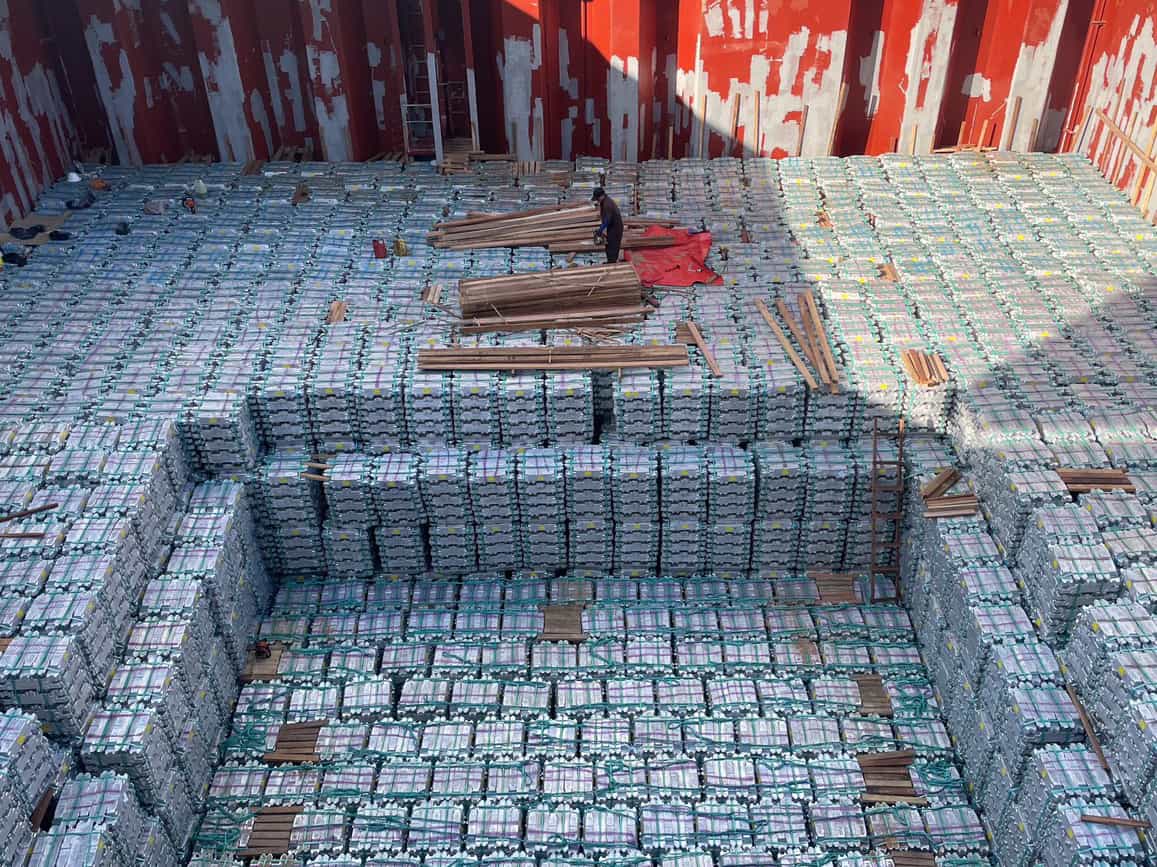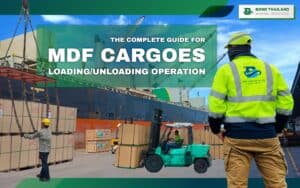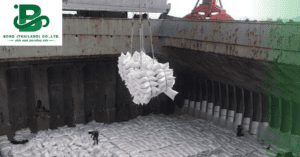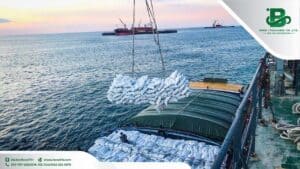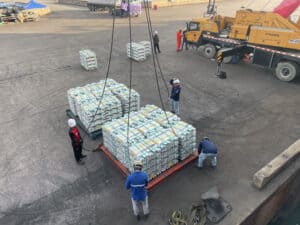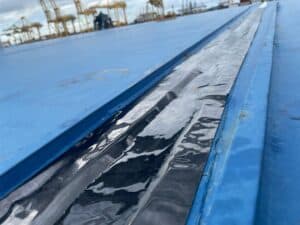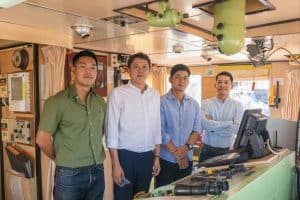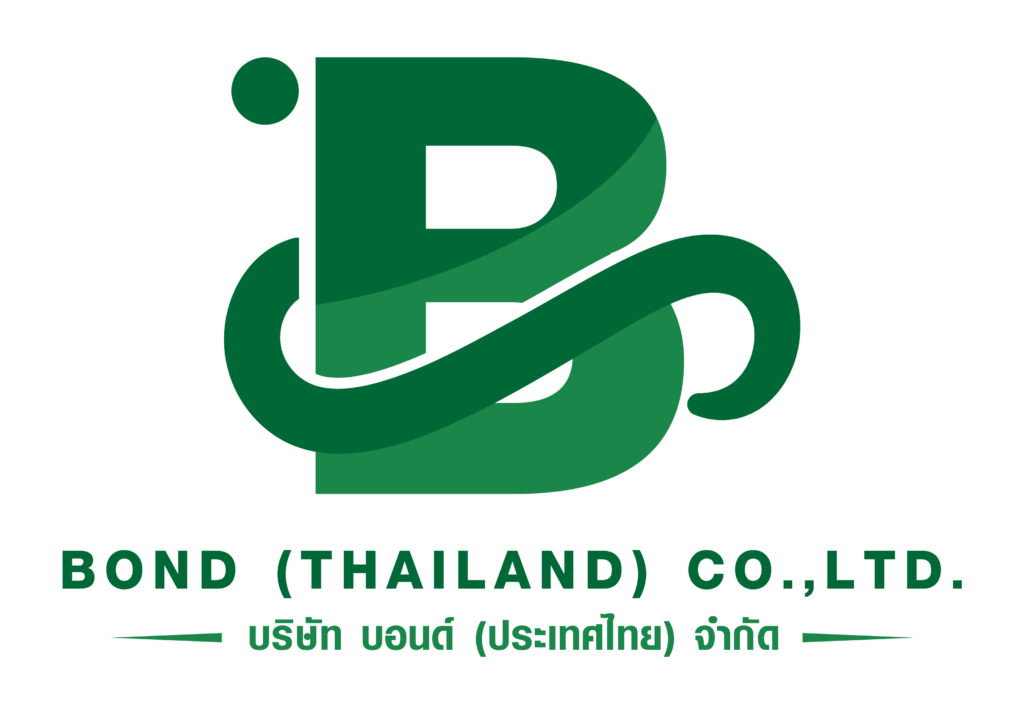As the world’s third-largest rice exporter, Thailand ships millions of tons of rice and other products globally through cargo vessels. A significant portion of these cargo operations take place at anchorages, particularly in the area near Ao Udom in Sri Racha province. The process involves delivering cargo to the anchorage by barge and subsequently loading it onto the vessel using floating cranes and grabs.
Opting for cargo operations at anchorage can be cost-effective for shipping companies, as it eliminates the need to pay mandatory port charges associated with conducting cargo operations within the port. However, these operations are only feasible under fair weather conditions, as floating cranes may face restrictions due to weather or sea conditions in adherence to the port’s safety rules.
Thailand exports over 5 million tons of rice annually, according to the Ministry of Commerce, using bulk cargo ships to transport the product to countries worldwide. Loading at anchorage is a method in which a cargo ship is anchored at a designated point in the open sea. A barge then tows the cargo ship to dock alongside the vessel, initiating the loading and unloading process.
This approach offers several advantages, such as cost savings from bypassing port loading space fees and avoiding delays caused by congested port entry. However, there are also drawbacks, including potential disruptions due to weather conditions, wind waves, and limitations in manpower and equipment when compared to loading goods at the port.
In Thailand, the sea area near Ao Udom in Sriracha District is a hotspot for cargo operations at anchorages, handling not only rice but also other products such as sugar, cement, and plastic pellets.
Bond Thailand Marine Services specializes in bulk cargo operations, playing a crucial role in the thriving export industry of the country.

